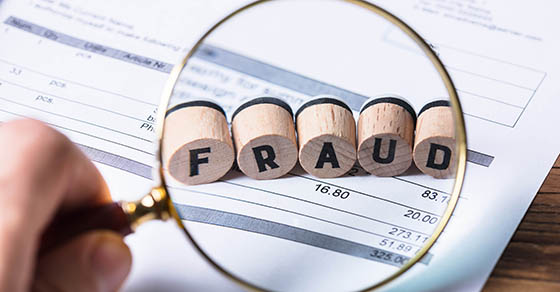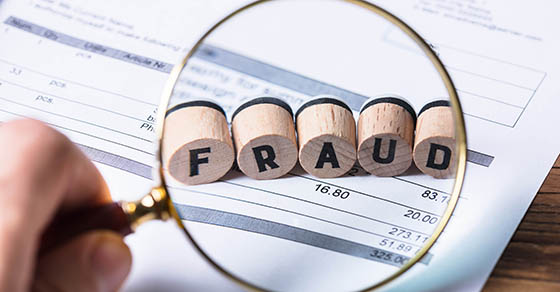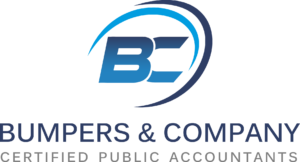Fraud is a pernicious problem for companies of all shapes and sizes. One broad type of crime that seems to be thriving as of late is invoice fraud.
In the second quarter of 2024, accounts payable software provider Medius released the results of a survey of 1,533 senior finance executives in the United States and United Kingdom. Respondents reported that their teams had seen, on average, 13 cases of attempted invoice fraud and nine cases of successful invoice fraud in the preceding 12 months. The average per-incident loss in the United States was $133,000 — which adds up to about $1.2 million annually.
Typical schemes
Invoice fraud can be perpetrated in various ways. Among the most common varieties is fraudulent billing. In billing schemes, a real or fake vendor sends an invoice for goods or services that the business never received — and may not have ordered in the first place.
Overbilling schemes are similar. Your company may have received goods it ordered, but the vendor’s invoice is higher than agreed upon. Duplicate billing, on the other hand, is where a fraud perpetrator sends you the same invoice more than once, even though you’ve already paid.
Employees sometimes commit invoice fraud as well. This can happen when a manager approves payments for personal purchases. In other cases, a manager might create fictitious vendors, issue invoices from the fake vendors and approve the invoices for payment.
Such schemes generally are more successful when employees collude. For example, one perpetrator might work in receiving and the other in accounts payable. Or a receiving worker might collude with a vendor or other outside party.
Best practices
The good news is there are some best practices that businesses can follow to discourage would-be perpetrators and catch those who try to commit invoice fraud. These include:
Know with whom you’re doing business. Verify the identity of any new supplier or vendor before working with that entity. Research its ownership, operating history, registered address and customer reviews. Also, ask for references so you can contact other companies that can vouch for its legitimacy.
Follow a thorough approval process. Establish a firm “no rubber stamp” policy for invoices. Train accounts payable staff to review them for red flags, such as unexpected changes in the amounts due or unusual payment terms. Manual alterations to an invoice should require additional scrutiny, as should the first several invoices from new vendors.
Instruct employees to contact an issuing vendor if anything seems strange or inaccurate about its invoice. In cases where the response lacks credibility or raises additional concerns, your business should decline to pay until the matter is resolved.
Implement additional antifraud controls as well. For instance, before approving payment, accounts payable staff should confirm with your receiving department that goods were delivered and check invoices against previous ones from the same vendor to ensure there are no discrepancies. Also, you may want to require more than one person to approve certain invoices for payment — such as those at or above a specified amount.
Leverage technology. Automating your accounts payable process can help prevent and detect invoice fraud. And, as you might expect, artificial intelligence (AI) is having an impact here.
One AI-driven technology called optical character recognition (OCR) can scan and read invoices to verify that line items and charged amounts match those vendors quoted you per your company’s financial records. OCR minimizes employee intervention, hinders collusion and makes diverting payments to personal accounts harder.
Decisive action
As the aforementioned survey indicates, invoice fraud is likely widespread. Be sure to put policies and procedures in place to prevent it as well as to respond swiftly and decisively if you suspect wrongdoing. Our firm can help you assess your accounts payable processes for efficiency, completeness and security.
© 2024




